research
the curse of the american lawn
Finding alternatives to manicured yards
The American lawn has little appeal to pollinators. Instead, leave your grass long, plant flowers, and leave bare soil for ground-nesting bees.
The traditional American lawn is designed to signal organization: it is carefully manicured, ultra green, and uniform in every way.
But the American lawn has little appeal to pollinators and is environmentally costly to maintain. In fact, many people want to change their landscaping practices, but they feel intimidated, not knowing where to start or why certain practices are recommended.
In this study, we evaluate the Audubon’s Society’s ‘Bring Conservation Home’ program, which has over 1,700 enrolled households in the greater St. Louis area. Our goal is to evaluate the effectiveness of the program and develop best practices for executing landscaping programs like this one. We want to find effective ways to communicate about these programs and ensure they achieve their desired goals.
There are over 1,700 homes enrolled in Audubon’s Bring Conservation Home program. The houses are certified to different levels based on how many habitat friendly criteria they meet. Colors denote level with red is the lowest, follow by blue, orange and then purple as the highest.
watch this video to learn more
POLLINATOR POWER: You can BEE lazy and not even leave home or farm to help bees, the pollinator powerhouses for our favorite foods. Mowing less, mulching less, and spraying less are all easy ways to help bees and other pollinators. It will also save time and money for other activities. Photo: Jon Flobrant / Unsplash







